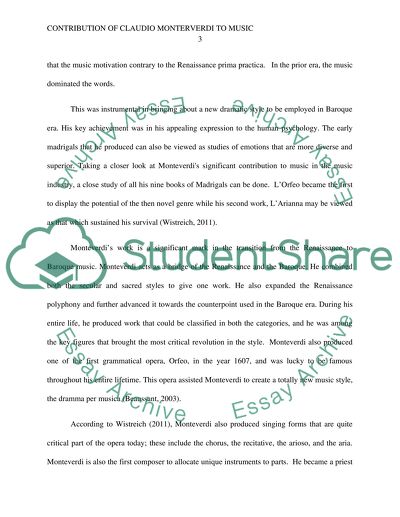Cite this document
(“Contribution of Claudio Monteverdi to music Research Paper”, n.d.)
Retrieved from https://studentshare.org/music/1470649-contribution-of-claudio-monteverdi-to-music
Retrieved from https://studentshare.org/music/1470649-contribution-of-claudio-monteverdi-to-music
(Contribution of Claudio Monteverdi to Music Research Paper)
https://studentshare.org/music/1470649-contribution-of-claudio-monteverdi-to-music.
https://studentshare.org/music/1470649-contribution-of-claudio-monteverdi-to-music.
“Contribution of Claudio Monteverdi to Music Research Paper”, n.d. https://studentshare.org/music/1470649-contribution-of-claudio-monteverdi-to-music.


